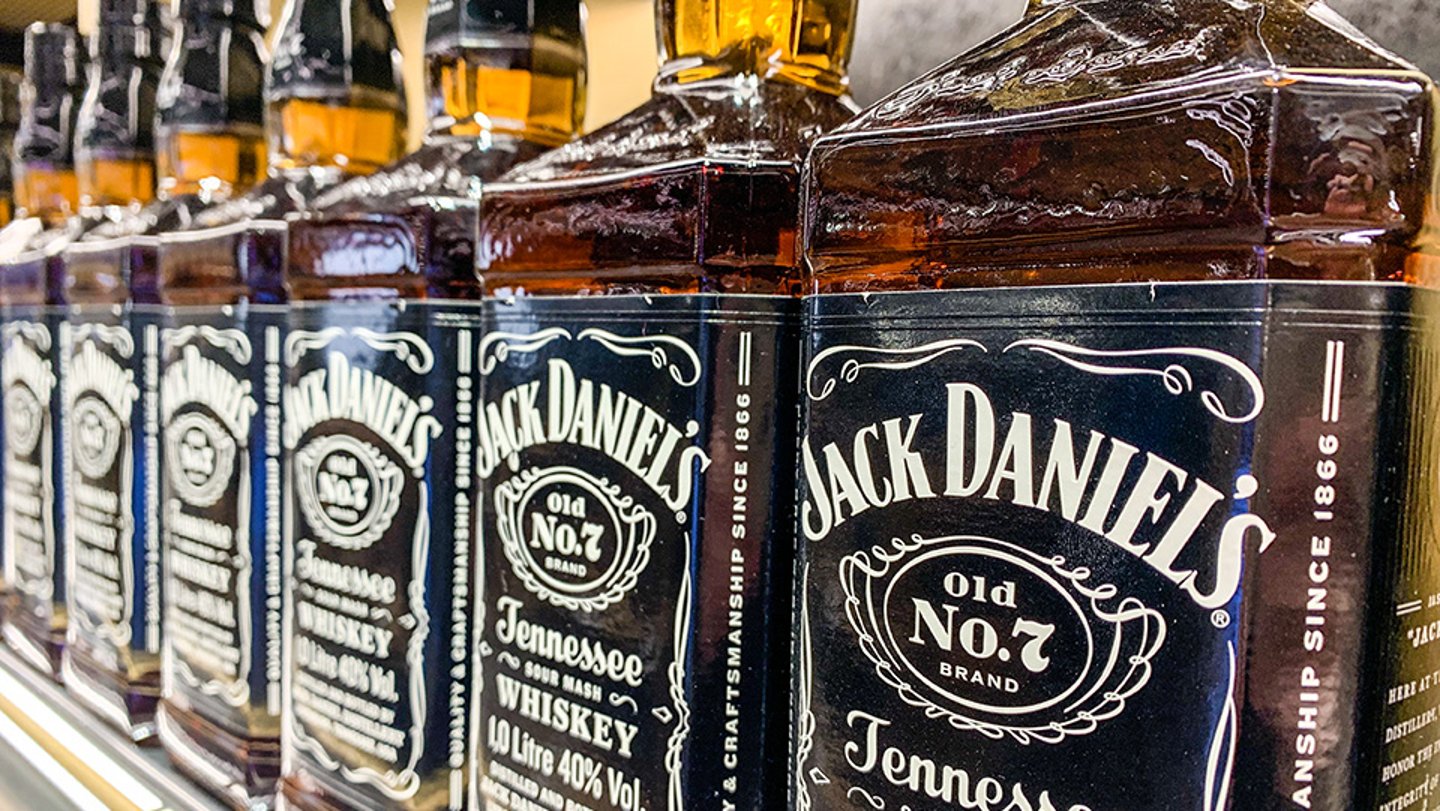Glass Box Models and AI-Fueled Creative: How Brown-Forman Is Evolving to Win the Digital Shelf
In one perfect world, all consumer goods product detail pages would be equal, with copy aligned and creative consistent across all retail platforms. All checkout pages would present the same consistent, seamless experience to deliver a lockstep journey of absolute uniformity.
That’s just one perfect world for one slice of the industry. Retailers and consumers, of course, have wildly different priorities, and what resonates at one touchpoint can be a catastrophic miss at another. As a result, today’s CPGs are continuously optimizing PDPs for every platform.
It’s particularly challenging for the spirits market thanks to varying and evolving regulations, and so Brown-Forman, which includes such brands as Jack Daniel’s, Woodford Reserve, Old Forester, and Diplomático in its portfolio, is thinking more strategically about how it wins on the digital shelf.
This includes leaning into artificial intelligence across myriad functions — including anticipating future pricing — as well as implementing a new integrated marketing communications strategy across the organization.
Brown-Forman By the Numbers
Headquarters: Louisville, KY
Annual net sales: $4.2 billion
Employees: 5,600
Countries it sells in: 170+
Source: Brown-Forman
“As a BevAlc brand, we have to be very careful and responsible about how we talk to consumers and make sure we're talking to the people that our brand is intended for,” Lynette Green, e-commerce manager for the Jack Daniel's family of brands in the U.S. and Canada, tells CGT. This means being creative when learning about and communicating with consumers, as well as ensuring PDP content is robust across platforms and touchpoints in order to drive organic visibility.
Brown-Forman recently implemented an integrated marketing approach that Green says has built more effective communication between brands and teams to help deliver the right content to the right person. Given the varying consumer mindsets when in consideration mode vs. engagement, connecting the dots between teams has been critical to receive a holistic understanding of the consumer and deliver upon their expectations accordingly.
“We know [from research] that there are nine different things that a BevAlc spirit shopper wants and the pieces of information they need to really make a decision. … When we are one click from the cart, maybe two clicks from the cart, we need to [flip] that creative messaging to the more functional message so we can close the deal.”
Gather with consumer goods leaders at Analytics Unite 2024 to dig into effective artificial intelligence strategies. Learn more.
Brown-Forman also recently partnered with solution provider Vizit and leveraged AI to test content to better understand what appeals to a tequila brand’s target and halo audiences. While they initially believed key creative would appeal to both audiences, this turned out to be untrue.
The advancement of AI is igniting such abilities to quickly understand what’s visually engaging, which in turn lets them efficiently optimize PDPs to serve more specific content, says Green. They can also create specific content that will appeal to consumers depending upon where they are in their journey.
This efficiency could prove to be table stakes for BevAlc brands, which are in a bit of an “organic dogfight” given the complications surrounding paid retail media for the category, and Green describes it as an exciting prospect.
“We're all working to try to game the algorithm organically, and that actually makes it a more even playing field — because, otherwise, the person who has the biggest budget is going to win that retail media space.”
Pricing Optimization
Brown-Forman, which reported 8% net sales growth in fiscal 2023, to $4.2 billion, is also using AI for commercial depletion forecasting to shore up its supply chain capabilities and to optimize pricing. Today’s CPGs require an understanding of demand and cross-price elasticities to anticipate the impacts of price increases and discounts for both their own products and competitor products, notes Amit Parulekar, director, global advanced analytics and AI strategy at the manufacturer.
The company sought to anticipate market demand for the next two years — an arduous task given the number of SKUs they have — so they developed an internal forecasting methodology to act as a starting point for local market experts to layer in their knowledge on top of statistical trends.
“We opted for a ‘glass box’ statistical model to allow visibility into the algorithms for local market experts so they can spend their time where it's most valuable — accounting for unique events in the market,” he explains.
- See also: Inside the Supply Chain’s Step Change
Within price optimization, they’re leveraging various data assets and machine learning techniques, such as Random Forest and regression, to generate more than 180,000 elasticity models globally each month. Model results are subsequently staged in a user-friendly interface to explain drivers of volume growth over time.
“We can apply our model output to anticipate the future pricing of our products based on clear assumptions around our own decisions, our competitors' decisions, and general market conditions, as well as to evaluate our promotional effectiveness.”
Artificial intelligence is hardly a silver bullet: The complicated selling nature of alcohol means that manufacturers have less data to leverage compared with many of their boozy-free peers, says Parulekar.
“This limitation presents a unique technical hurdle for the data science team attempting to train machine learning models or harness the power of artificial intelligence,” he notes. “In an environment where data is often sparse or tightly regulated due to the nature of the product, the spirits industry grapples with the task of developing accurate and reliable models with limited information.”
As a result, spirits companies still early in their AI journey would be wise to settle in with patience, recommends Parulekar, and spend time upgrading their data infrastructures.
“It can be a multiyear journey to acquire new and emerging data sources and build the data foundation the right way for it to be easily consumable by the AI and machine learning systems.”








